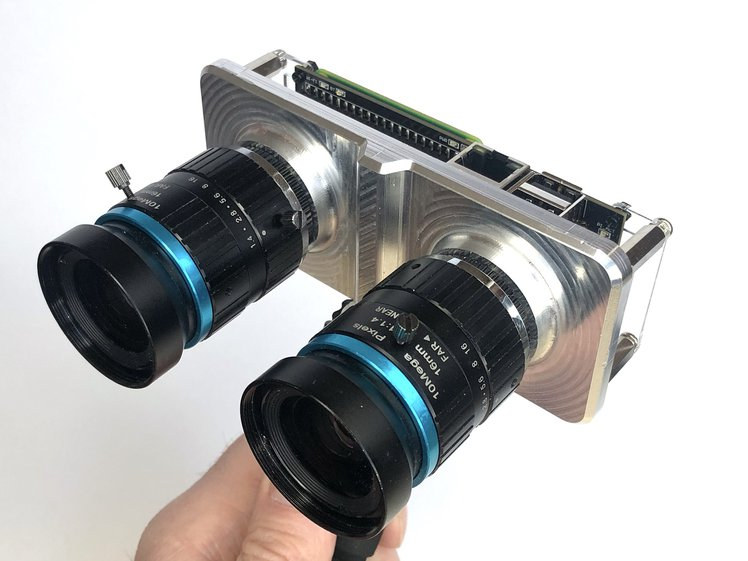
StereoPi stereoscopic camera based on Raspberry Pi Compute Module 3 was introduced in late 2019 on Crowd Supply. The camera can record 3D video, create 3D depth maps with OpenCV, and benefits from the Raspberry Pi software ecosystem.
The developers are now back with an upgraded model. StereoPi v2 comes with many of the same features, but as it is based on Raspberry Pi CM4 (Compute Module 4) it offers better performance, Gigabit Ethernet, Wifi & Bluetooth connectivity out of the box, while other features like PoE, TFT screen, shot button, etc.. are optional.
StereoPi v2 specifications:
- Supported SoM – Raspberry Pi CM4 or CM4Lite modules
- Storage – MicroSD card socket
- Video Output – Micro HDMI port
- Camera I/F – 2x MIPI CSI camera connector plus “hackable camera lines”
- Networking – Gigabit Ethernet RJ45 port, plus optional WiFi 5 and Bluetooth 5.0 on Raspberry Pi CM4 module
- USB – 2x USB 2.0 Type-A ports, 1x USB 2.0 interface on header
- Expansion – 40-pin Raspberry Pi GPIO header
- Misc – RPIBoot/USB slave jumpers, hot-swap power source LEDs, WiFI & Bluetooth LEDs, Power LED, Act LED
- Power Supply
- 5V via USB Type-C port
- 4-pin PoE header for PoE shield board
- JST power connector for battery
- Power switch pins
- Dimensions – TBD
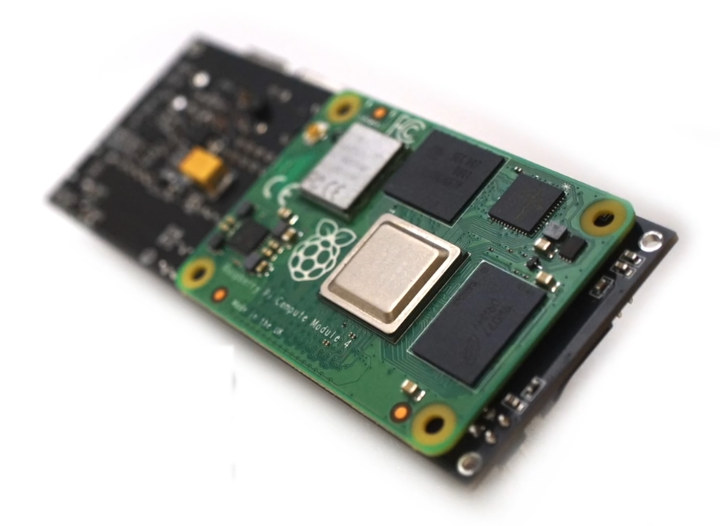 The developers also designed a camera kit following requests from backers and customers for the first version of StereoPi. The kit includes a small TFT IPS screen as a viewfinder, a shot button, an acrylic camera mount plates with the tripod support, a tripod, and all necessary jumper wires, bolts, and nuts for assembly.
The developers also designed a camera kit following requests from backers and customers for the first version of StereoPi. The kit includes a small TFT IPS screen as a viewfinder, a shot button, an acrylic camera mount plates with the tripod support, a tripod, and all necessary jumper wires, bolts, and nuts for assembly.
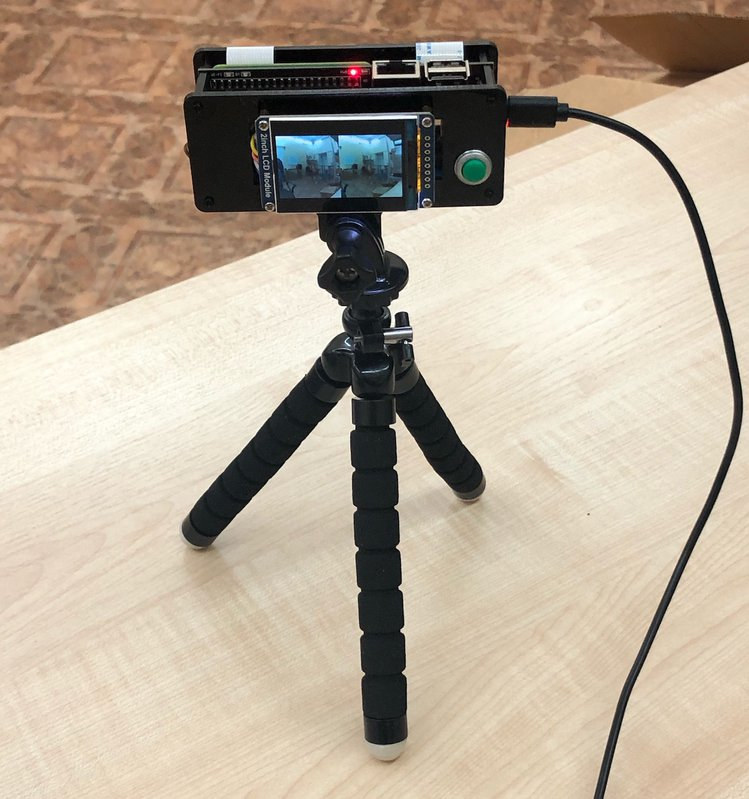
Other accessories include a PoE shield to power and control the camera with a single Ethernet cable, as well as metal housing for the heavier 16mm lenses used by the HQ camera as shown in the very top photo of this article.
Software-wise, the camera runs SLP 2 (StereoPi Livestream Playground 2), a modified version of Raspberry Pi OS that supports existing tools like raspistill command-line utility, but also an easy-to-use web interface to set photo and video options, record photos and videos to the micro SD or external USB dongle, automatically convert 3D videos for YouTube uploads, setup video live stream to the browser or Oculus Go/Quest/Quest 2 VR headset, and more.
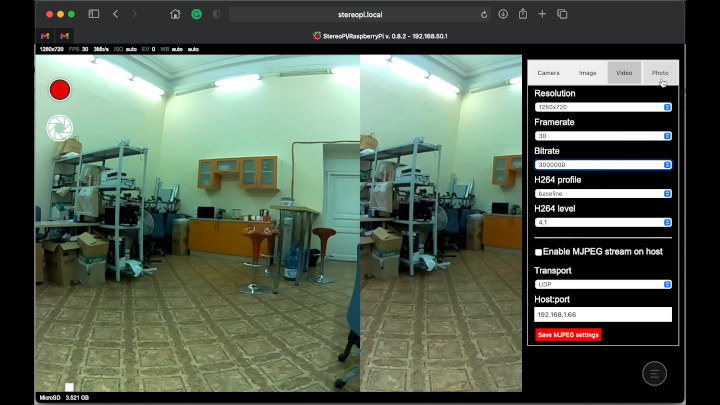
Alternatively, the company also provides an OpenCV image for the camera. You’ll find resources to get started on the Wiki and support in the forum.
StereoPi v2 has just launched on Crowd Supply with a $35,000 funding goal. Rewards start at $45 for StereoPi v2 Slim, a version of the board without USB, Ethernet, nor GPIO header for weight or space-constrained applications such as drones and robots. The standard board goes for $49, while the StereoPi v2 Camera Kit foes for $169 including Raspberry Pi CM4Lite wireless with 2GB RAM. A pledge of $19 is asked for the StereoPi PoE HAT, and $49 for the metal housing. Shipping is $8 to the US, and $18 to the rest of the world for most perks. Backers should expect their reward(s) to ship at the end of April 2021.

Jean-Luc started CNX Software in 2010 as a part-time endeavor, before quitting his job as a software engineering manager, and starting to write daily news, and reviews full time later in 2011.
Support CNX Software! Donate via cryptocurrencies, become a Patron on Patreon, or purchase goods on Amazon or Aliexpress


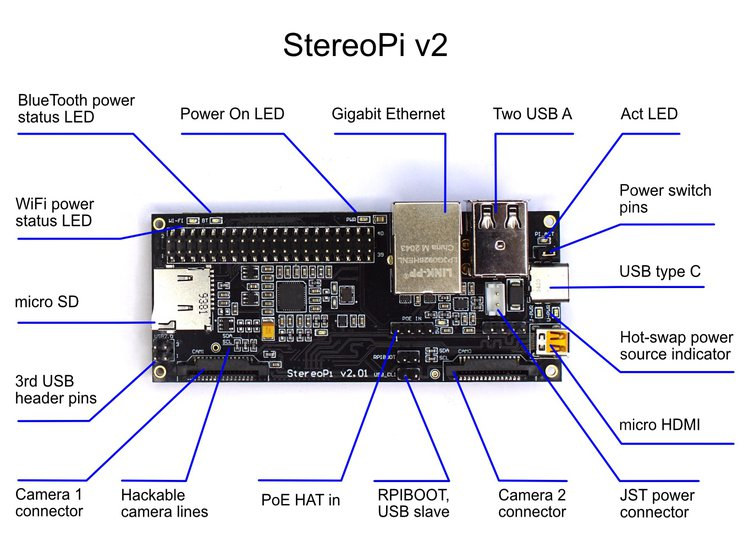



$49 for that tiny piece of machined aluminum is ridiculous when a $2 piece of injection molded plastic would suffice.
They say the plastic enclosure is not strong enough for heavier lenses. Maybe something mixing metal and plastic, like in my camera, would have been cheaper.
I played with a generic USB stereo (or 360 if you reorient the sensor) camera some time ago: https://rk.edu.pl/en/quick-look-stereo-usb-webcam-and-stereo-vision/ – the USB2 was $75 but there are USB3 options as well.